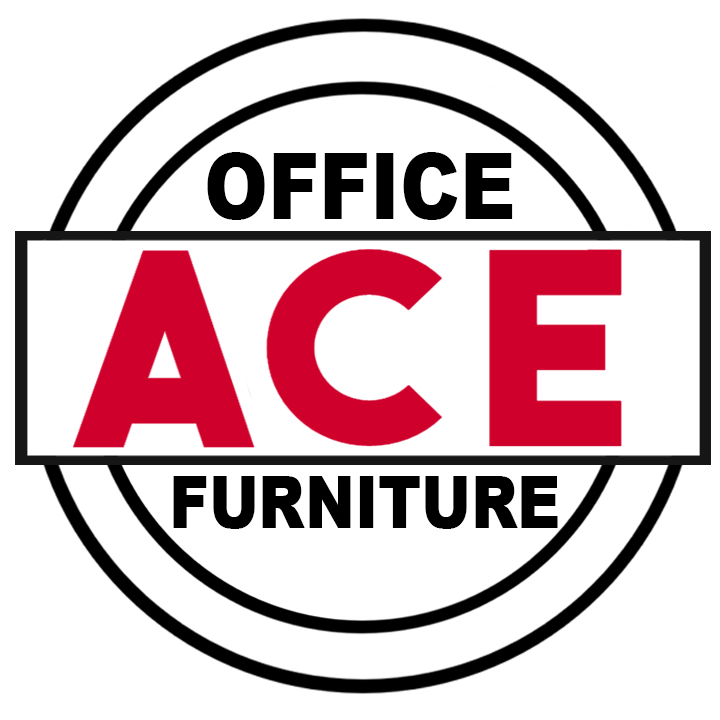What is office ergonomics?

The study of the interactions between office workers and their work environments.
What are the benefits of office ergonomics?
- Increased health and comfort
- Increased safety
- Increased productivity
- Reduced risk of injury
The first thought that often comes to mind when one thinks of a good fit is physically fitting into the chair and workstation. There is more to a good fit than accommodating physical size and shape. A good fit also means your furniture allows you to continuously move from one posture to another and to perform your job tasks.
Simply put: Fit = Move + Match + Support
Your furniture should:
- Allow you to move through a variety postures
- Match your physical shape and size
- Support your body and your tasks including your work tools
Move Condition of Fit
It has long been known that the human body was designed to move. The circulatory system, joints and spinal discs require movement for healthy functioning. As you move, your muscles help to pump blood through your body, which delivers nutrition to, and removes waste from, your tissues. In the absence of good blood flow, not only is food delivery reduced, waste products build up in your tissues that over time makes your muscles feel tired and sore. Movement also contributes to proper lubrication of your joints and proper nutrition of your spinal discs.
Even if your tasks don’t require you to move, you must keep moving. When selecting furniture, look for features that allow movement. The chair mechanism has a lot to do with your options for movement as it includes the tilt feature e.g. multi-tilt, weight-sensing, synchro-tilt, knee-tilt. Make sure you choose the one that is right for you and your tasks. Other chair features that allow you to move from one posture to another include seat angle and back angle. Some workstations come with adjustable features that also allow you to move for example an articulating keyboard tray that allows you to change the position of your keyboard and mouse as you move from one posture to another.
Match Condition of Fit
Physically fitting into a chair or workstation is the easiest Fit condition for a user to judge. You know when your feet are dangling, or if the seat cushion is too long and pushes into the back of your calves or if the work surface feels too high. When your body dimensions are accommodated it helps contribute to good blood flow by minimizing pressure points. Also furniture that is properly matched to your body helps minimize awkward or extreme postures, for example raised shoulders, thereby minimizing unnecessary muscular effort.
Some chairs come in different sizes to address differences in body shape and size. Others offer adjustable features, for example seat height which allows you to match the seat height to your lower leg length. Some work surfaces are adjustable in height and others come with adjustable support surfaces and adjustable monitor arms to allow you to match the heights and distances of work tools to your relevant body dimensions.
Support Condition of Fit
Proper support ensures alignment of the upper body, which includes the neck, shoulders and upper back. When properly supported, the muscles in these areas are in the best position to aid breathing. If your lower back is not properly supported when seated, it either straightens or curves the wrong way.
Support for the lower back should allow the pelvis to be tilted slightly forward to ensure a natural lumbar curve in the seated posture. Stabilization of joints goes hand in hand with proper alignment. Well-designed and properly used furniture goes a long way to contributing to the proper support.
Chair features such as back/lumbar height, which allow you to position the lumbar support in the curve of your lower back, are designed to provide the support you need. When your work tools are properly supported it helps minimize muscle fatigue and pain. Workstation features such as keyboard tray height, keyboard tray angle, mouse surface height and horizontal mouse position are designed to contribute to proper support.
